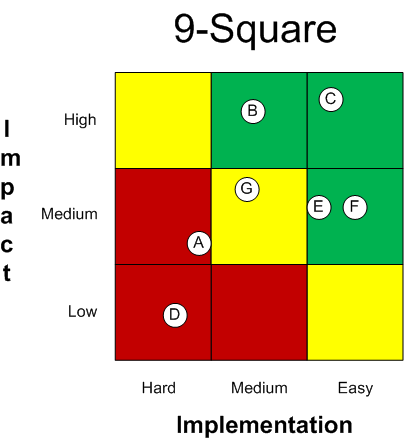Thanks for your order!
First of all, we wanted to let you know that we appreciate your business.
New Customers and Non-Members
If you have not purchased from us before, or have but are still not a member, we also want to let you know that you can get even more out of your training products by becoming a member at Velaction. You’ll get access to great member-only content on our website to enhance the products you bought, as well as some free gifts to help you learn more about our product line. In addition, you’ll also receive periodic updates about new content, notices about any special events such as webinars and member-only screenings of videos, and promotional offers.
